Solar inverters are revolutionizing the way we think about energy in vehicles, offering a sustainable and efficient alternative to traditional power sources. This guide explores the ins and outs of solar inverters, their benefits, and how to make the best choice for your vehicle’s energy needs. Join us as we delve into the world of solar power and its impact on modern transportation.
Table of Contents:
– What is a solar inverter?
– What does a solar inverter do?
– How to choose a solar inverter
– How long do solar inverters last?
– How to replace a solar inverter
– How much are solar inverters?
What is a solar inverter?
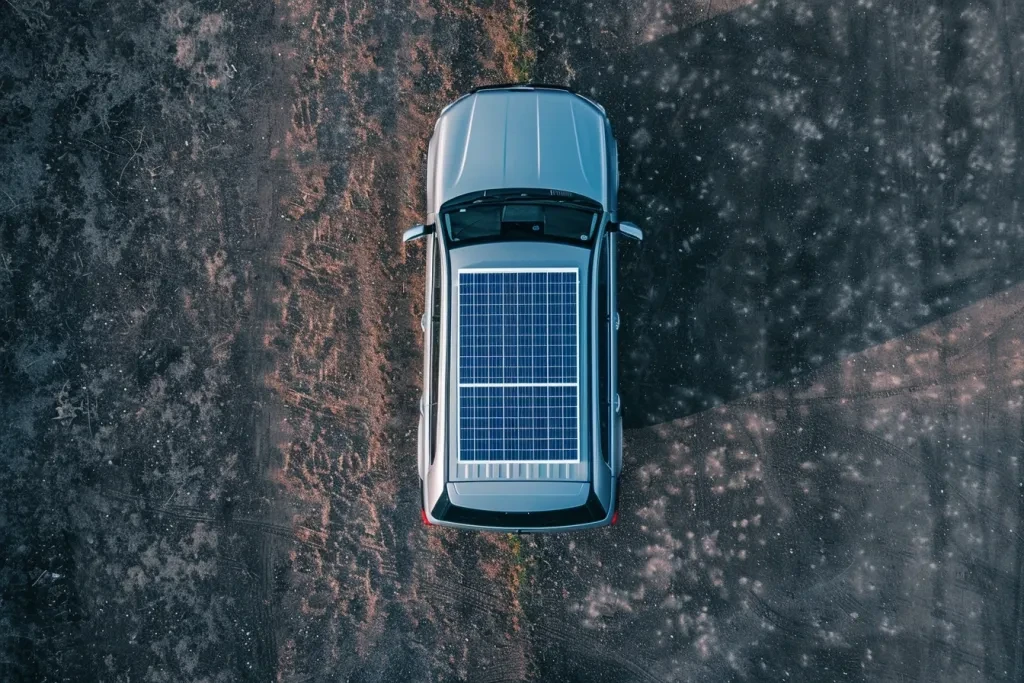
A solar inverter is a pivotal component in a vehicle’s solar energy system. It serves as the bridge that converts the direct current (DC) output from solar panels into the alternating current (AC) that vehicle electrical systems can use. Unlike traditional inverters, solar inverters are designed to maximize the efficiency and effectiveness of solar power conversion, ensuring that vehicles can rely on renewable energy sources for their electrical needs. With advancements in technology, solar inverters now come in various forms, including string inverters, microinverters, and hybrid inverters, each offering unique benefits to meet specific vehicle requirements.
What does a solar inverter do?
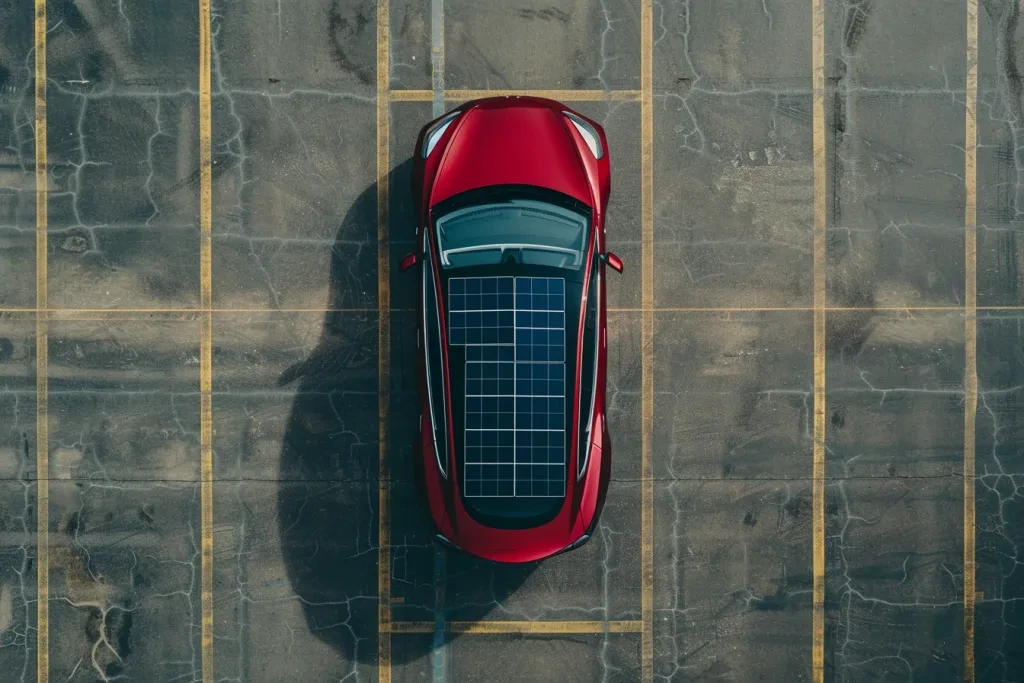
The primary function of a solar inverter is to convert DC electricity generated by solar panels into AC electricity, which is the standard used by most vehicle electrical systems. This conversion is crucial because solar panels produce DC power, which is not directly usable by the vehicle’s AC-dependent components. Furthermore, solar inverters play a significant role in optimizing the energy harvest from solar panels by continuously adjusting the electrical characteristics to find the maximum power point (MPP). This ensures that the solar panels operate at their highest efficiency, providing a reliable and consistent power supply for the vehicle.
How to choose a solar inverter
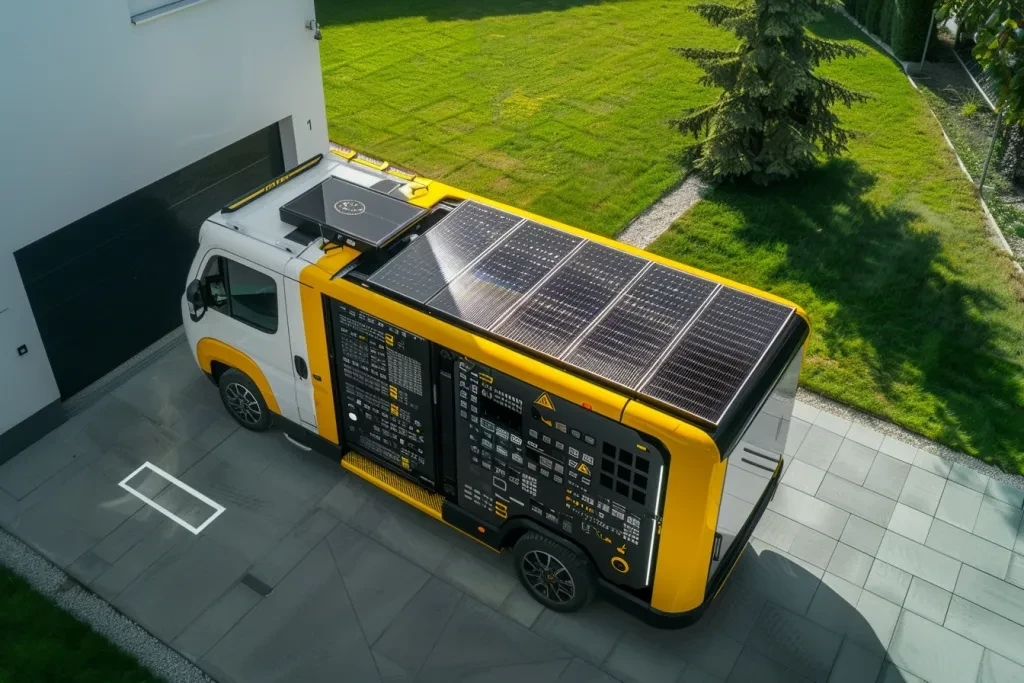
Choosing the right solar inverter for your vehicle requires careful consideration of several factors. Firstly, the capacity of the inverter should match the output of the solar panels installed on your vehicle. It’s also essential to consider the type of inverter that best suits your needs; for instance, microinverters are ideal for vehicles with panels in partial shade, as they optimize output for individual panels. Additionally, the inverter’s efficiency rating is a critical factor, as higher efficiency means more of the solar power is converted into usable AC power. Lastly, compatibility with existing vehicle electrical systems and future scalability should also be taken into account to ensure a seamless integration and the ability to expand the system if needed.
How long do solar inverters last?
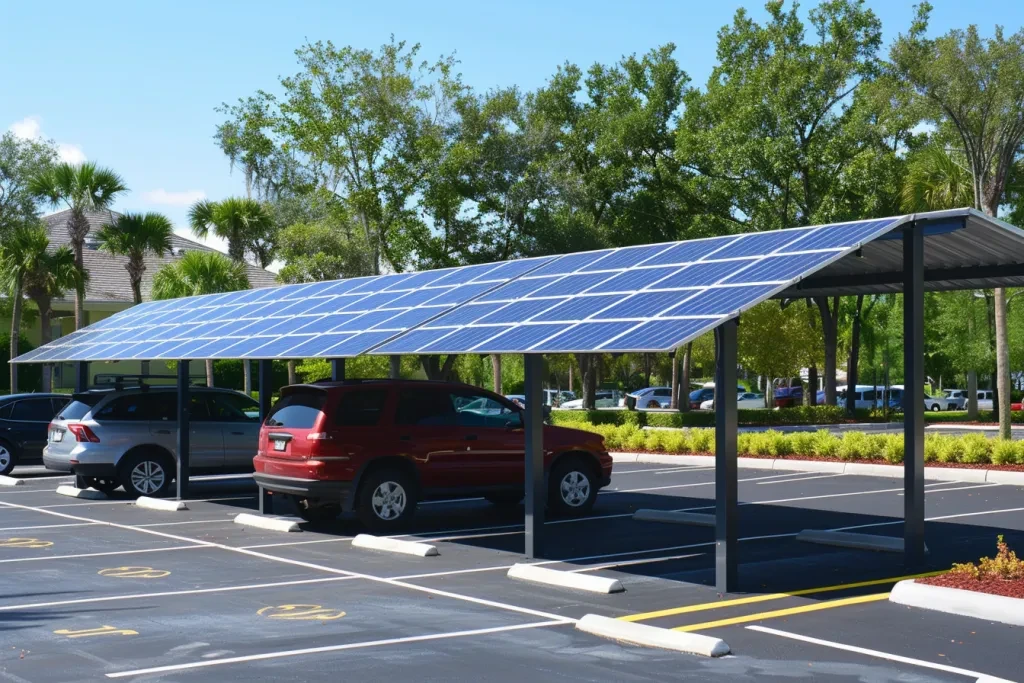
Solar inverters are designed for longevity, with most models offering a lifespan ranging from 10 to 15 years. However, their durability can be significantly influenced by factors such as installation quality, environmental conditions, and maintenance practices. Regular maintenance and timely repairs can extend the life of a solar inverter, ensuring it continues to provide efficient power conversion over many years. Moreover, advancements in inverter technology have led to the development of more robust models that can withstand harsh conditions and deliver consistent performance, further enhancing their lifespan.
How to replace a solar inverter
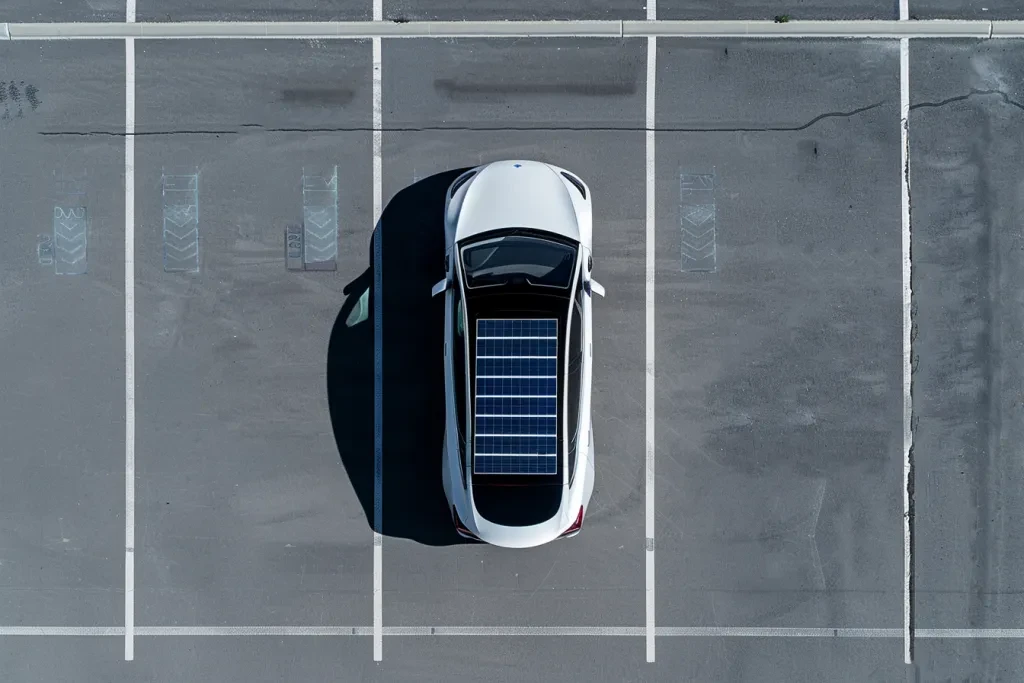
Replacing a solar inverter is a task that requires careful planning and consideration. It’s important to first identify the reason for replacement, whether it’s due to a malfunction, inefficiency, or the need for an upgrade. Once the need for replacement is established, selecting a new inverter that meets the specific requirements of your vehicle’s solar system is crucial. The replacement process involves safely disconnecting the old inverter, installing the new one, and ensuring it is correctly integrated with the solar panels and vehicle electrical system. It’s recommended to seek professional assistance for the replacement to guarantee a safe and effective installation.
How much are solar inverters?
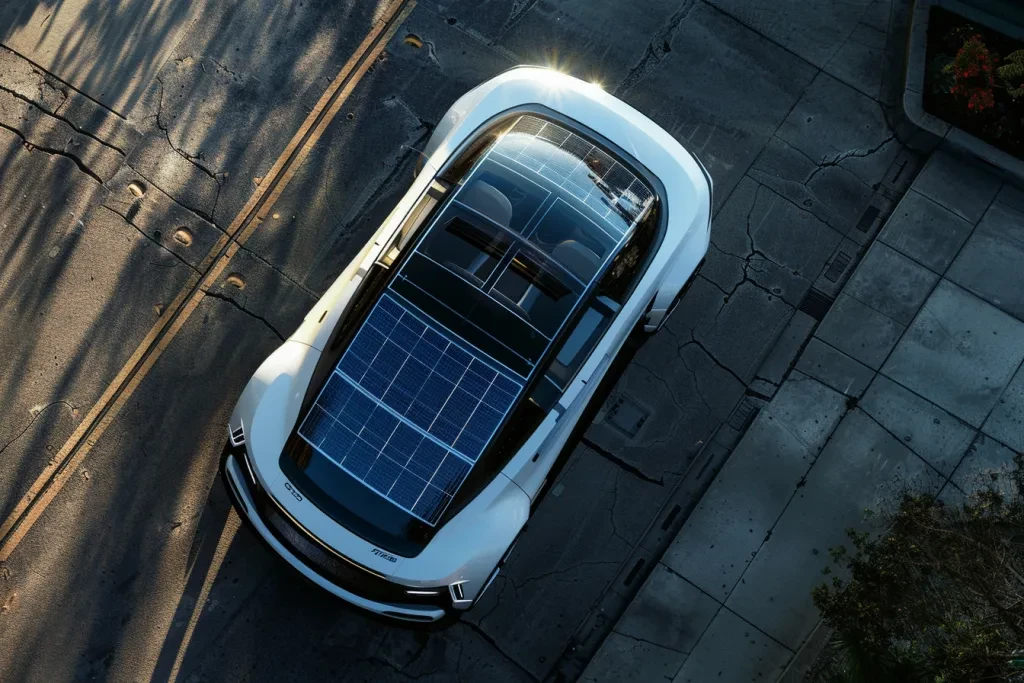
The cost of solar inverters varies widely depending on their capacity, type, and features. Basic models can start from a few hundred dollars, while more advanced and higher-capacity inverters can cost several thousand dollars. The investment in a solar inverter is often justified by the long-term savings on energy costs and the environmental benefits of using renewable energy. Additionally, the price should be considered in the context of the overall solar system’s cost and the potential for energy independence it offers.
Conclusion:
Solar inverters are a crucial component in the shift towards sustainable and efficient vehicle energy solutions. By converting solar power into usable electricity, they not only reduce reliance on fossil fuels but also offer a greener alternative for powering vehicles. Choosing the right solar inverter involves understanding your vehicle’s specific needs and ensuring compatibility with your solar panels. With proper maintenance and timely replacements, solar inverters can provide reliable service for many years, making them a wise investment for eco-conscious vehicle owners. As technology advances, the potential for solar inverters in the automotive industry continues to grow, paving the way for a cleaner, more sustainable future.




